The power output of loudspeakers and amplifiers depends a lot on the wattage. As a physical unit, the wattage value specifies the device’s power capacity. For sound, it is crucial that the speakers convert the provided power into good sound. However, it is not always clear what the watt number exactly means in terms of working speakers functionality. Resilience and watt RMS are important key terms here.
From watts to sound – audio system performance
A Watt is the physical unit for power. First of all, we clarify where the (electrical) power comes from and what it is used for. The power of alternating current – which is what audio technology is all about – depends on the current and voltage and is always measured over a certain period of time.
In an audio system, the amplifier provides this power in the form of an alternating current. In these alternating currents, the audio signal with its different frequencies is coded to a certain extent. For the amplifier, the power output in watts per speaker channel is the decisive value. From time to time you will also find the word watt RMS (RMS stands for Root Mean Square). This is an average power value in the relevant frequency range. The P.M.P.O. value (Peak Music Power Output) of an amplifier is often misleading.
The (passive) speakers, on the other hand, are the consumers of power. Their task is to convert the received electrical current into sound. They generate sound pressure, which is measured in Decibels. The alternating current sets a moving coil, which is connected to the speaker diaphragm, in motion. This in turn triggers air movement – creating sound waves.
Power handling and watt RMS in speakers
The watt rating of loudspeakers refers to their power handling capacity. You could also say it’s about how much power the speakers can handle. The higher the specification, the higher the maximum load-bearing capacity of the loudspeakers.
Resilience can be measured in different ways. In Europe, loudspeaker manufacturers are now obliged to determine the load-bearing capacity through standardised tests (ISO IEC standards). The three relevant load-bearing capacity values are:
- ✔ Nominal resilience: The speaker is tested for 100 hours.
- ✔ Continuous resilience (long term): The speaker is loaded at full power for 1-minute periods. This is repeated 10 times with a break of 2 minutes between each period of stress.
- ✔ Impulse resilience (short term): The speaker is loaded for 1 second . This is repeated 60 times with a break of 60 seconds between each period of stress.
The watt ratio between amplifier and speaker
The power of the amplifier and the speaker must be matched to one another. The relationship between the two components is comparable to the ratio of tyres and the maximum speed of a car: tyres should always be designed for the maximum speed of a car, otherwise they will be damaged. If, on the other hand, they are designed for a significantly higher speed than the car can reach, there is great untapped potential – this too doesn’t make sense.
Just as with the example of a car tyre, you should therefore make sure that the loudspeakers withstand the power of the amplifier and vice versa. In the worst case, the speakers can be damaged by overloading. On the other hand, it is also not ideal if speakers with higher capacities cannot play their optimal “music performance” through an amplifier that is too weak.
Class-D – Teufel bass with fewer Watts
Teufel has become renowned for its powerful subwoofers. In apparent contradiction to this, the next generation of subwoofers, the T8 and T 10, will now be produced with nominally less power. The reason for this is the new efficient and low-noise Class-D amplifiers in the subwoofers.
Teufel subwoofers for all occasions:
The Teufel Watt-wonder
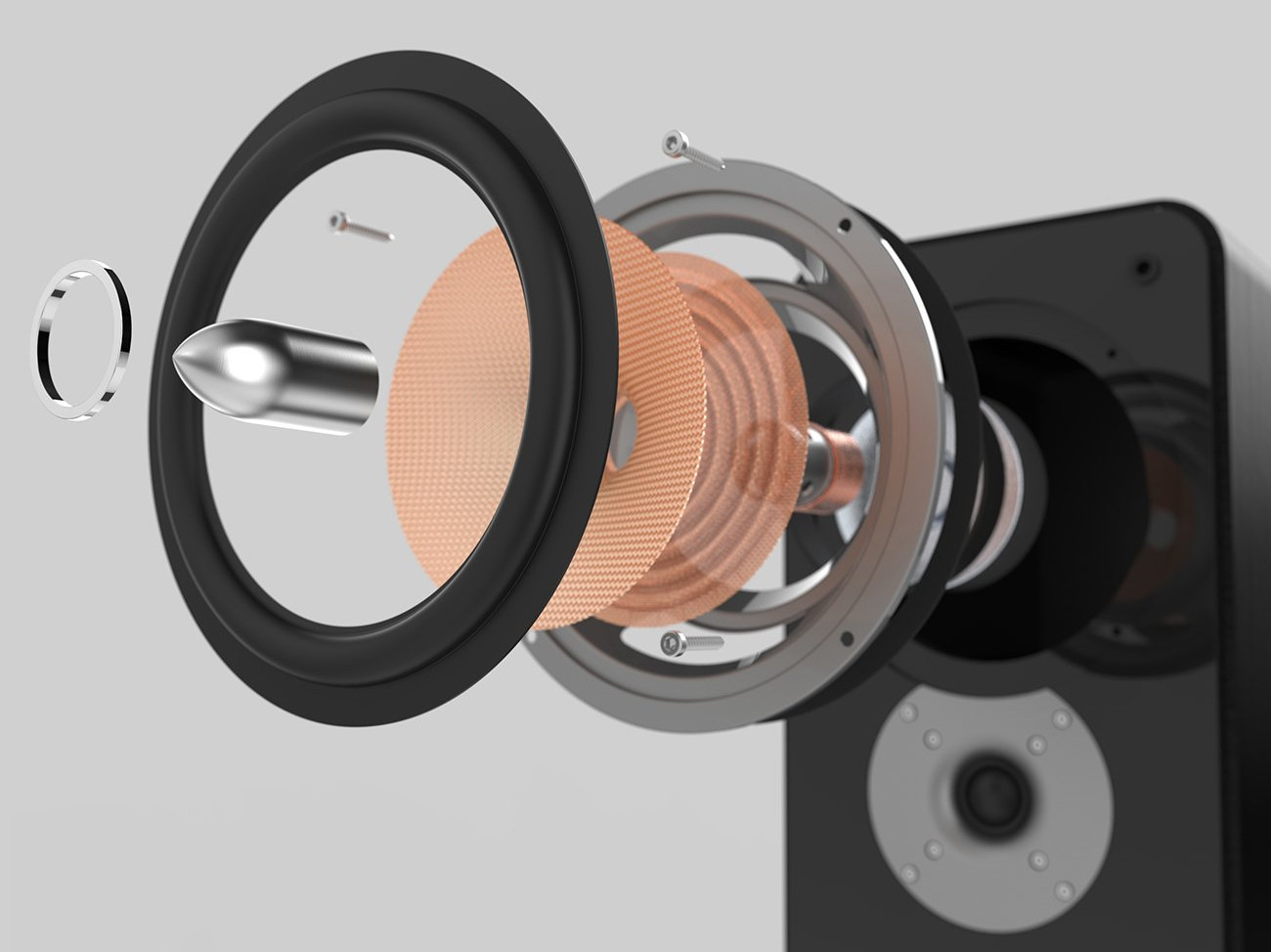
The information given for our loudspeakers and amplifiers is not a pre-set value, but rather the load capacity and watt output power determined in standardised tests. Most importantly, Teufel systems transform performance into powerful and precise sound.
- ▶ LT 4 IMPAQ 5.1 Set: An elegant aluminium exterior with high-end audio technology. The ready-to-play system achieves a power output of 750-Watts. The individual channels are tuned to each other in the best possible way. The powerful flat subwoofer can also be conveniently placed anywhere in the room, and the Blu-Ray AV receiver supplied is a modern playback centre with HDMI/CEC, Bluetooth and the most important audio codecs.
- ▶ Kombo 62: You won’t get much more for a stereo system: the Bluetooth / CD receiver provides 200-Watts of power for the two audio channels. The 3-way speakers produce clear and powerful sound over the entire frequency range. The receiver is also equipped with Bluetooth aptX, digital radio (DAB+) and USB interface.
Powerful complete systems and active speakers from Teufel
Conclusion: Watts are the fuel for your sound system
- The wattage value indicates the capacity of your speakers.
- The amplifier provides the power and the loudspeakers consume it.
- In addition to the output power, watt RMS is sometimes specified for the power in audio systems.
- The watt rating for loudspeakers always refers to their power handling capacity.
- The power of the amplifier and the speaker should always be matched to one another.
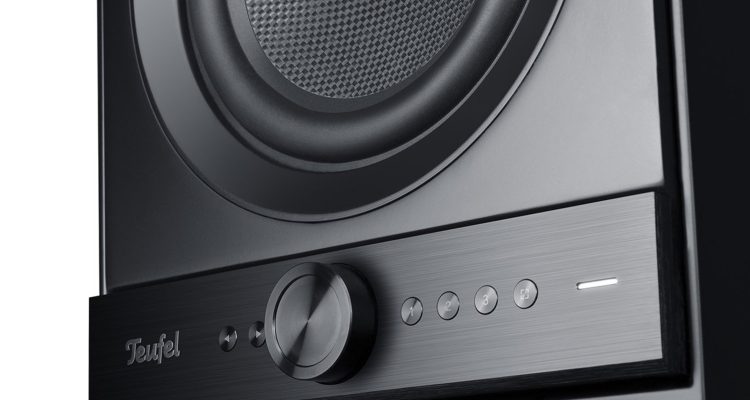
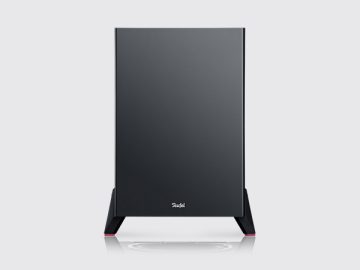

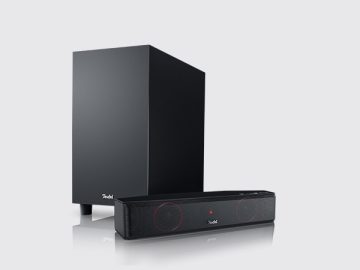
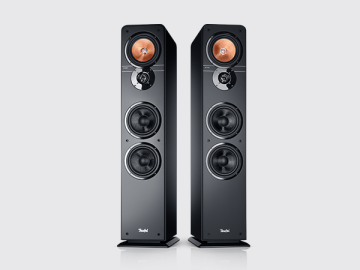
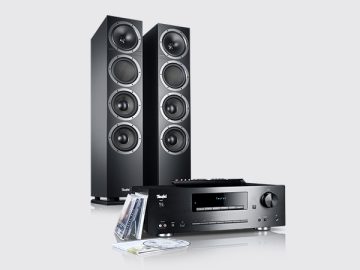
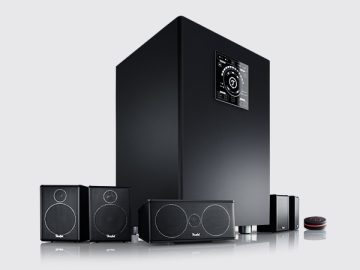
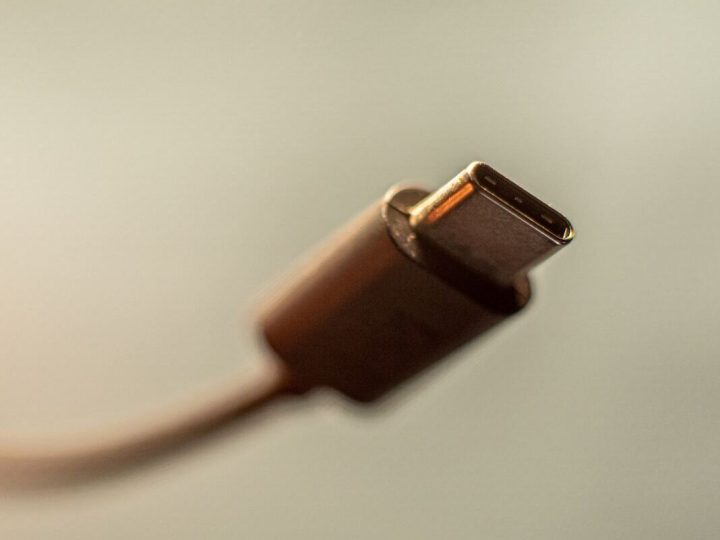
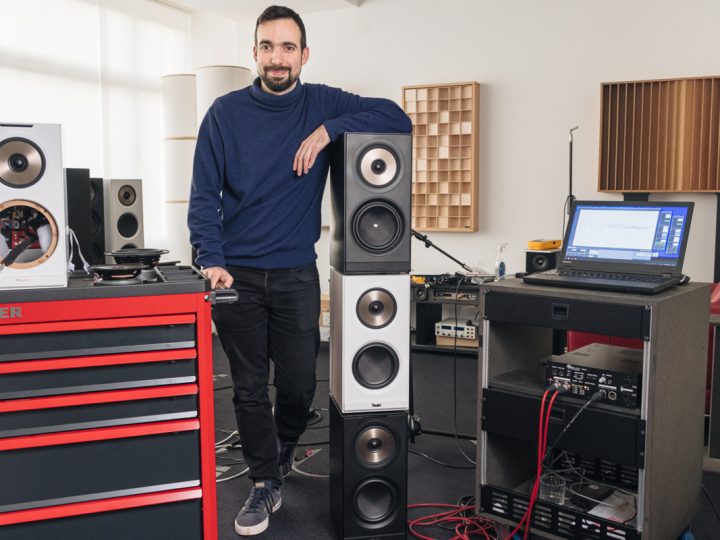
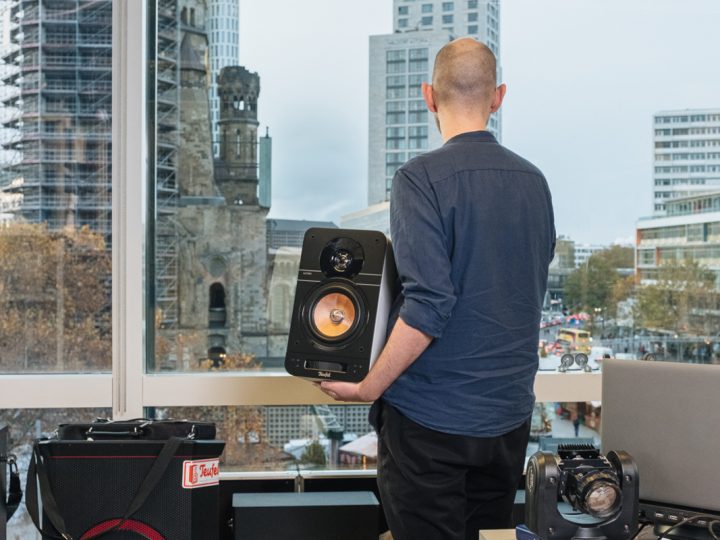
Aiden Eric
25. Nov. 2020, 7:26
Thanks for your info….Yeah you are right “power of the amplifier and the speaker must be matched to one another” otherwise it will create a mess!